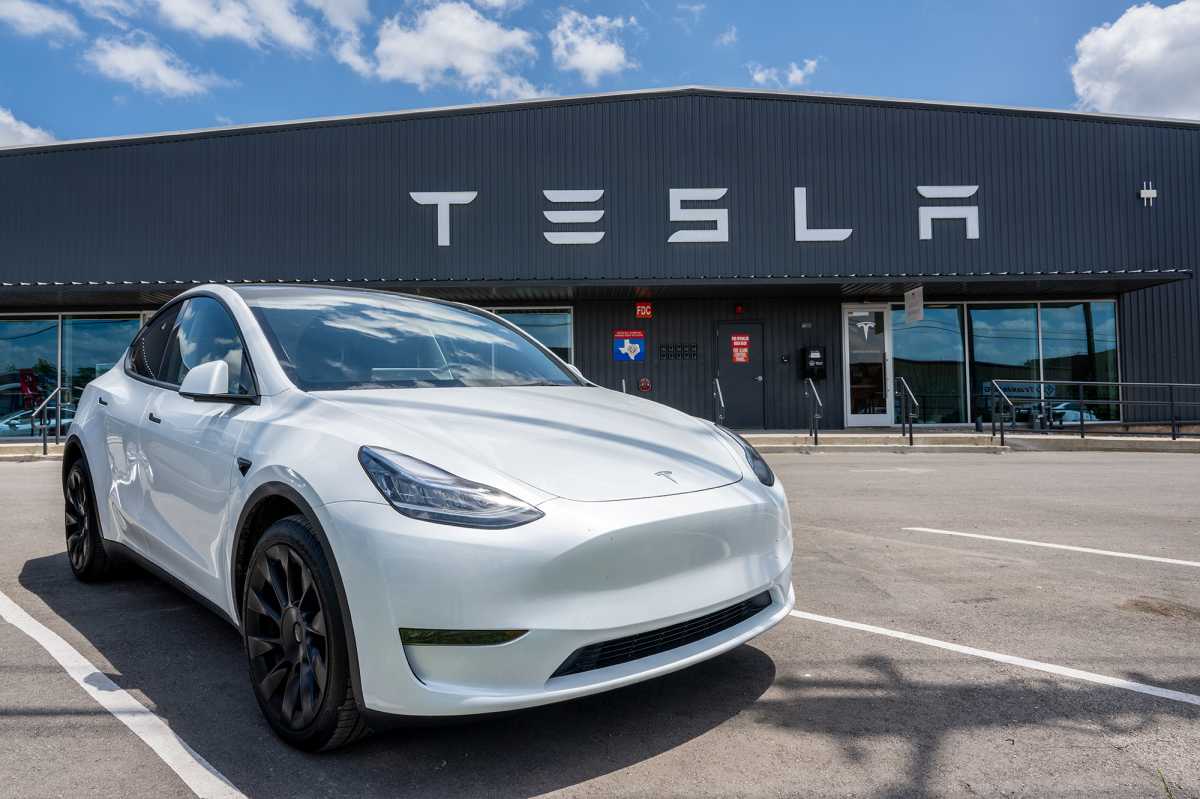Business
Tesla Shares Drop as Company Disappoints with 2024 Outlook and Quarterly Earnings Miss

Shares in Tesla saw a significant drop of nearly 8% in pre-market trading on Thursday, following the company’s disappointing 2024 volume growth outlook and its failure to meet quarterly earnings expectations. Tesla reported an adjusted profit of 71 cents per share on revenues of $25.17 billion, both of which fell short of analysts’ projections. Moreover, the average vehicle selling price saw a global reduction due to pricing cuts in the second half of the previous year, negatively impacting Tesla’s top line growth.
The company’s gross margin of 8.2% increased slightly on a sequential basis, but dropped from 16% in the same quarter of the previous year, primarily due to heightened pricing competition from Chinese electric vehicle (EV) manufacturers. Investment portfolio manager at Hodges Capital Management, Gary Bradshaw, suggested that if Tesla’s volume is lower, CEO Elon Musk might cut prices to maintain market share, potentially causing ongoing margin struggles.
In its earnings release, Tesla mentioned that the vehicle volume growth for 2024 might be “notably lower” than the growth achieved in the previous year. This is attributed to the transition phase after the launch of Models 3 and Y between 2017 and 2020, and the upcoming next-generation vehicle production that Tesla plans to initiate in the second half of 2025 at its Texas plant. While Tesla did not provide a specific figure for 2024 vehicle volume growth, Wall Street analysts project a decrease of around 20% from the previous year’s growth rate of 38%.
Tesla shares have been trading within a triangle pattern, experiencing fluctuations on both sides of the pattern. However, there has been a recent decline below the lower boundary of the triangle with low share turnover, indicating a lack of clear direction. Investors will need to closely monitor for a breakout in either direction to anticipate the stock’s next move.
It is important to note that the comments, opinions, and analyses expressed in this article are for informational purposes only.












